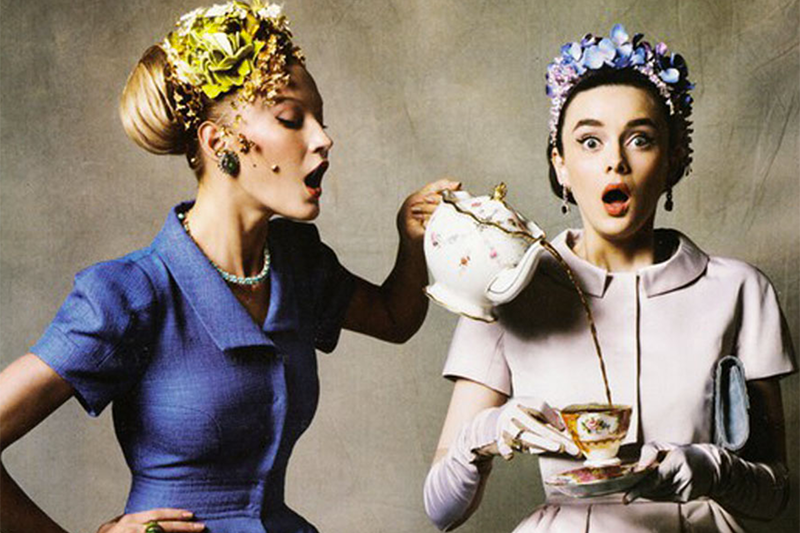British Fashion: It’s Piping Hot!
European Style Collection
Cashmere, wool, and plaid: ubiquitous and timeless throughout the United Kingdom and especially in England’s heart, London. Worn by the likes of Kate Middleton, the Duchess of Cambridge, Kate Moss, and Vivienne Westwood, British fashion has remained both unique and relatively understated. Unfortunately, however, British fashion does not elicit the same public affinity as does the French or Scandinavian closets. This trend is merely unjustifiable, I argue, as the majority of our closets, both the clothes and brands, were birthed in the region of hot tea, red telephone booths, and rugby. With little commentary from the rest of the fashion world, I have found the fashionable kettle steaming, and the tea will soon pour out!
It is important to note that, similar to Scandinavian countries, British fashion is largely influenced by its surroundings. The common ‘torrential rain’ stereotype, while grossly exaggerated, does hold some truth. No, that is not to say wellies are the primary shoe choice in the UK; however, a Brit must approach their wardrobe differently than an LA resident. This is because British fashion places heavy emphasis on outerwear, from the classic raincoat to 3-piece suits, and finally, the beloved trench.

For an area so largely influenced by history, it should come as no surprise that both outerwear and the clothes underneath are largely modest and traditional. Sleek and conservative lines, brooding colors such as maroons, browns, and greens, all accentuate the traditional UK environment. In a broader sense than its traditional scenery, British fashion takes great inspiration from its well renowned activities, such as horseback riding, rugby, and
Wimbledon’s sport of choice: tennis. While in America, our ‘riding boots’ are the most recent products of a Nordstrom splurge, in the UK, many take those boots straight from their morning ride into the rest of their day.
Layer, layer, layer is the common saying in this Western European region: England, Wales, Scotland, and Northern Ireland. As I outlined previously, British weather is extremely temperamental. Given the practicality nearly every Brit seems to possess, they will want to be prepared for any temperature. This means warm scarves, thick sweaters, and a wool jacket in the winter.
Surprisingly, the affinity for blue denim has not made its way across the Atlantic in the way it has consumed millions of Americans. While jeans are considered “fancy” in the U.S. – please do not ask me why – they are seen as comfort clothes by residents of the UK. However, this view of denim is not all encompassing. In fact, darker washes, such as black denim, have held Brits in their grasp for quite some time. 
It would harm my reputation and dignity if I did not mention the U.K.’s flagship pattern: plaid. While Britain’s affinity for plaid has been exaggerated, as there are only a few head-to-toe plaid looks a year, the print has undeniably made its mark on history. Originating in Northern Scotland in the 1700s, the bread and butter Scottish kilt plaid has been kept in British hearts, and closets, for decades. While the print has made its way throughout the world from American flannels to Burberry’s calling card, plaid will forever remain a symbol of Scottish unity, British heritage, and traditionalism. Although this article may have filled your teacup with flavors of British fashion, and not your traditional Earl Grey, I urge you to broaden your fashion scope, and as always, stay tuned and stay you.

Nora, an IB Senior, is thrilled to take on the role as Features Editor within the Harriton Banner. When not editing, Nora is the President of DECA, an...


